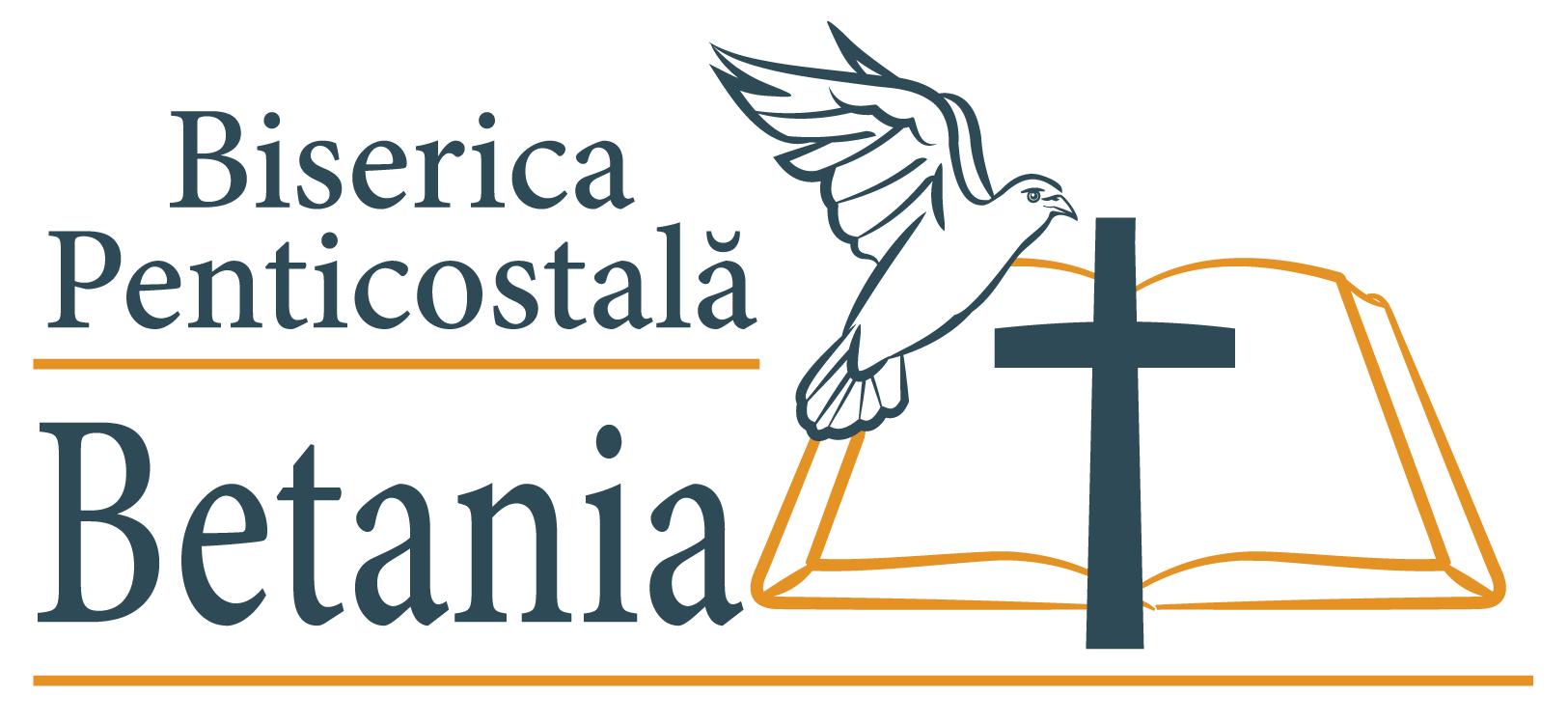6 mai
6 mai
Sâmbătă, 6 mai 2023, Numeri 7:1-89 – Slujba de la cort
Cortul Întâlnirii a fost o construcție mobilă desemnată de Dumnezeu ca loc al prezenței Sale în mijlocul poporului evreu. În timpul celor 40 de ani petrecuți în pustie, Cortul a fost cărat pe umeri de Leviți și montat ori de câte ori poporul își așeza tabăra pentru poposire. Mai întâi trebuia instalat Cortul și numai după aceea se așeza tabăra pe cele patru laturi ale curții Cortului, într-o ordine specială, hotărâtă de Dumnezeu Însuși (Num. 2).
După ce Cortul a fost terminat și sfințit, liderii semințiilor au adus Domnului ca dar 6 care și 12 boi (v. 2-3). Carele și boii au fost puse la dispoziția leviților pentru a transporta Cortul și accesoriile lui. Moise a împărțit carele și boii după cum urmează:
1) două care și patru boi fiilor lui Ghersom;
2) patru care și opt boi fiilor lui Merari,
3) Fiilor lui Chehat nu li s-a dat car cu boi deoarece ei trebuiau să ducă lucrurile sfinte pe umeri.
Toate elementele Cortului din pânză, lemn sau metal erau duse în carele cu boi. Lucrurile sfinte din Cort, din Locul Sfânt și din Locul Preasfânt trebuiau duse pe umeri de Leviții familiei lui Chehat. Amintiți-vă că aceste lucruri sfinte erau acoperite cu învelitori și covoare, iar Leviții din familia lui Chehat care le duceau pe umeri nu aveau permisiunea să le atingă. Ne amintim de episodul cu Uza, levitul care trebuia să care lucrurile sfinte pe umeri. El, din ignoranță sau comoditate, a pus chivotul într-un car cu boi. Era mai ușor în car (l-a pus ,,într-un car nou” – 2 Samuel 6 :3-7) decât purtat pe umeri.
Suntem mulțumitori Domnului că a adresat chemări diferite oamenilor, fiecăruia după darul și măsura de putere primită (1 Petru 4:10-11). Apoi continuăm să ne rugăm pentru a identifica chemarea făcută de Dumnezeu, fugind cu orice preț de competiție, invidie și gelozie.
Pastor Luigi Mițoi
On Saturday, May 6, 2023: Numbers 7:1-89 – Service at the Tent.
The Tent of Meeting was a mobile structure designated by God as the place of His presence among the Jewish people. During the 40 years spent in the desert, the Tent was carried on the shoulders of the Levites and set up whenever the people set up camp. First, the Tent had to be installed, and only then did the camp settle on the four sides of the court of the Tent in a special order determined by God Himself (Num. 2).
After the Tent was finished and consecrated, the leaders of the tribes brought six carts and twelve oxen as a gift to the Lord (v. 2-3). The carts and oxen were provided to the Levites to transport the Tent and its accessories. Moses distributed the carts and oxen as follows:
1) two carts and four oxen to the sons of Gershon;
2) four carts and eight oxen to the sons of Merari,
3) The sons of Kohath were not given carts and oxen because they were to carry the holy things on their shoulders.
All the elements of the Tent made of fabric, wood, or metal were carried in carts with oxen. The holy things from the Tent, the Holy Place, and the Most Holy Place were to be carried on the shoulders of the Levites from the family of Kohath. Remember that these holy things were covered with coverings and carpets, and the Levites from the family of Kohath who carried them on their shoulders were not allowed to touch them. We recall the episode with Uzzah, the Levite who was supposed to carry the holy things on his shoulders. He, out of ignorance or convenience, put the ark in a cart with oxen. It was easier in the cart (he put it “in a new cart” – 2 Samuel 6:3-7) than carried on the shoulders.
We are grateful to the Lord that He has given different callings to people, each according to the gift and measure of strength received (1 Peter 4:10-11). Then we will continue to pray to identify the calling made by God, fleeing at all costs from competition, envy, and jealousy.

